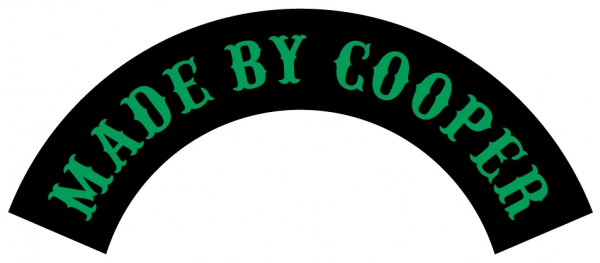Every custom patch starts with an idea. The idea may be a theme, an event to commemorate, or a brand identity. Stadri has a team of award-winning, in-house artists, ready to create your patch from a text description, photograph, or sketch.

Software Creator Download

Rocker Patches.Design Help. We know you want the best quality custom biker patches you can get. Of course, you've already completed the first step, which is coming to us (wink wink). If there's one company that has battled through the odds of making challenging rocker patches, it's us! 'What challenges?'
Military Patch Creator
The design service is free with each patch order. The intended message of you custom patch needs to come across to your audience. Simplicity is best. Don't try to crowd in too many details. Prepare a rough or finished sketch, or send a logo, photo, or sample patch. If you are not an artist, don't worry! Simply describe your patch design in words.
Our art department will interpret your ideas into a stunning graphic! If you are an artist, be as precise as you'd like. We will conform to your design as closely as possible.
The most common type of border is a merrowed border, which wraps around the edge of the entire patch, and is always 1/8” in thickness. This is best for simple shapes, such as circles, squares, rectangles, etc. A diecut border is cut to the shape of the design and is ideal for more complex custom shapes with many in-cuts and sharp angles.
There is no price difference between these two types of borders. We choose the border that is most appropriate for the design, unless the customer has a specific preference. Plastic: Adds stiffness and gives your patch support, allowing it to retain its shape over time. Still thin enough to sew through. Heatseal: Another word for iron-on. Allows you to apply your patch to a garment using a home iron.
NOTE: Heatseal will not stick to nylon or other synthetic fabrics. Velcro® brand fastener: One (hook) side or both sides are available. Adhesive: A peel and stick backing to hold a patch in place for a single event. It will not hold up to machine washing.
For permanent placement, go with the heatseal option, or with plastic and sew your patches. Every embroidered patch starts with a piece of twill fabric; then threads are stitched on top. Embroidery coverage simply refers to whether or not the entire surface of the twill will be covered by thread. As you can see in the example, the patch with under 100% embroidery coverage has an unstitched background, leaving the gray twill exposed. This is ideal if your design has a large area of solid color. It is also a lower-cost option. In the 100% embroidery example, thread completely covers the twill, with no gray twill showing.